“Throughout human history the depiction of the human body has been curiously investigated,” writes BJP‘s…
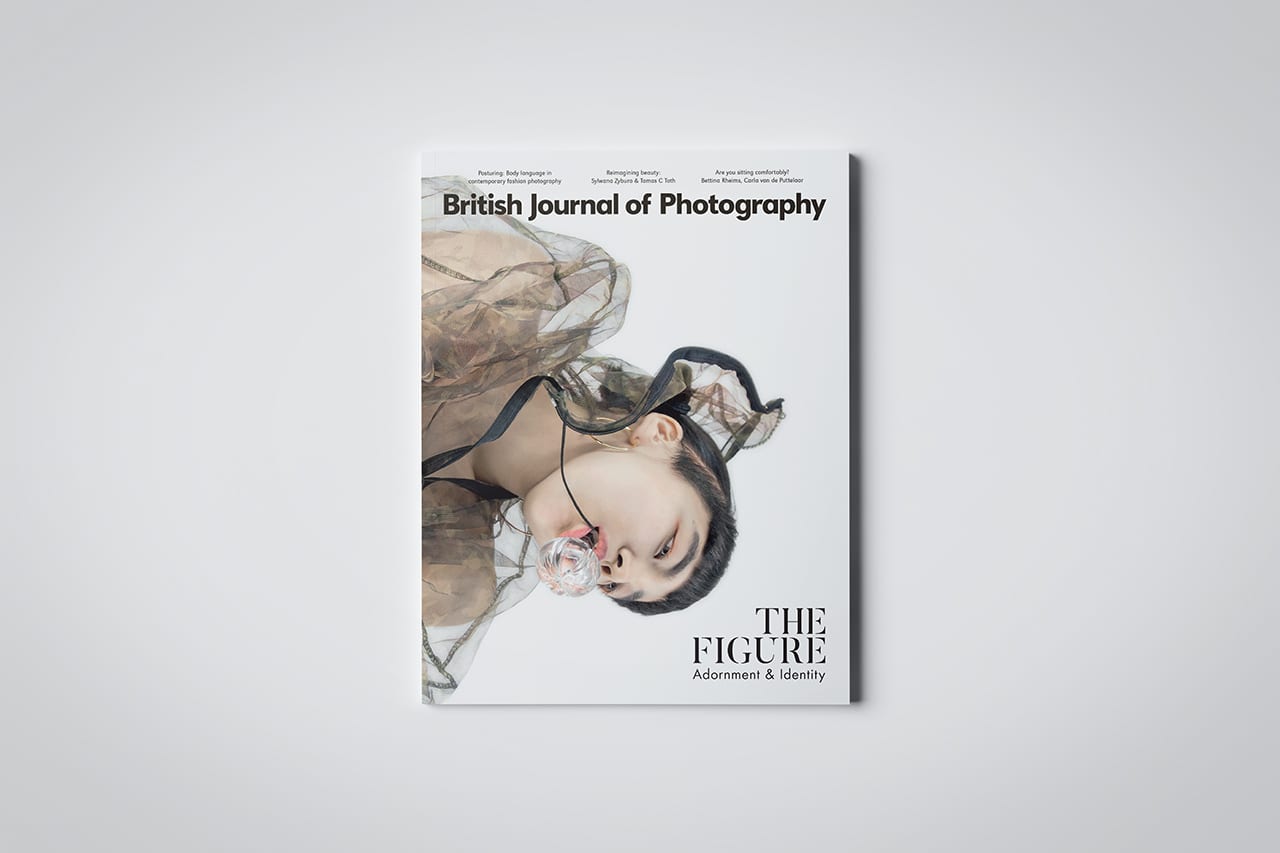

“Throughout human history the depiction of the human body has been curiously investigated,” writes BJP‘s…

Photography is often considered a solitary pursuit, but the Ryerson Image Centre (RIC) in Toronto, Canada hopes to overturn this conception with a research project led by artists, scholars, and curators such as Ariella Azoulay, Wendy Ewald, Susan Meiselas, Leigh Raiford, and Laura Wexler. Now an exhibition at RIC called Collaboration: A Potential History of Photography is putting their work on view. Featuring approximately 90 photographic projects the work on show demonstrates some of the many ways photographers have collaborated with their subjects and other participants. It includes Wendy Ewald’s Reciprocating in Arabic installation, which combines image and text in an attempt to show the experience of walking through the Arabic language, and WEB Du Bois’ The Potential of the Archive I, a look into the history and present challenges of black America, among many other projects.
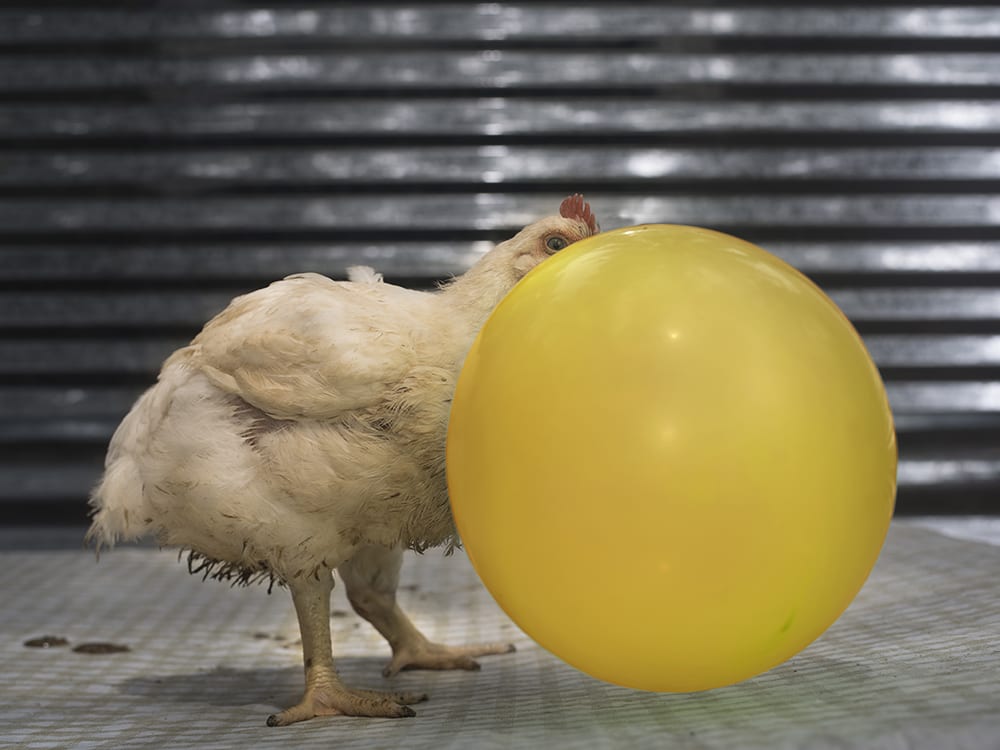
Tackling excessive consumption and its parlous effect on the environment and on mental health, Excessocenus uses brightly-coloured, staged images rather than the gritty photojournalism more familiar in this field. “On one hand we wanted to point out the culture of excess that is driving the planet to a total collapse, but on the other hand we also wanted to make a point about how this dramatic situation is normally presented to the audience,” says its creators, Cristina de Middel and Bruno Morais
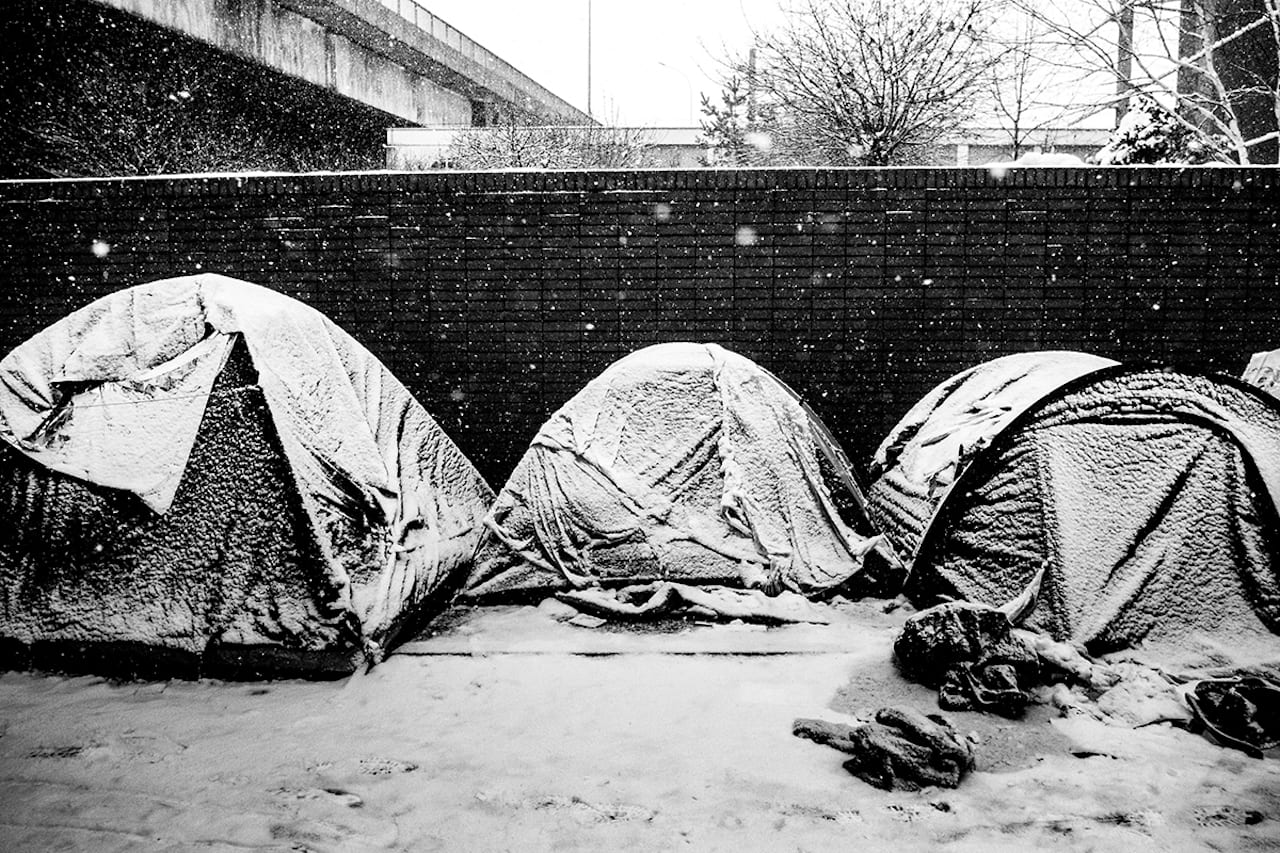
“Photography is a universally understood language. No matter where you’re from, anyone can read an…
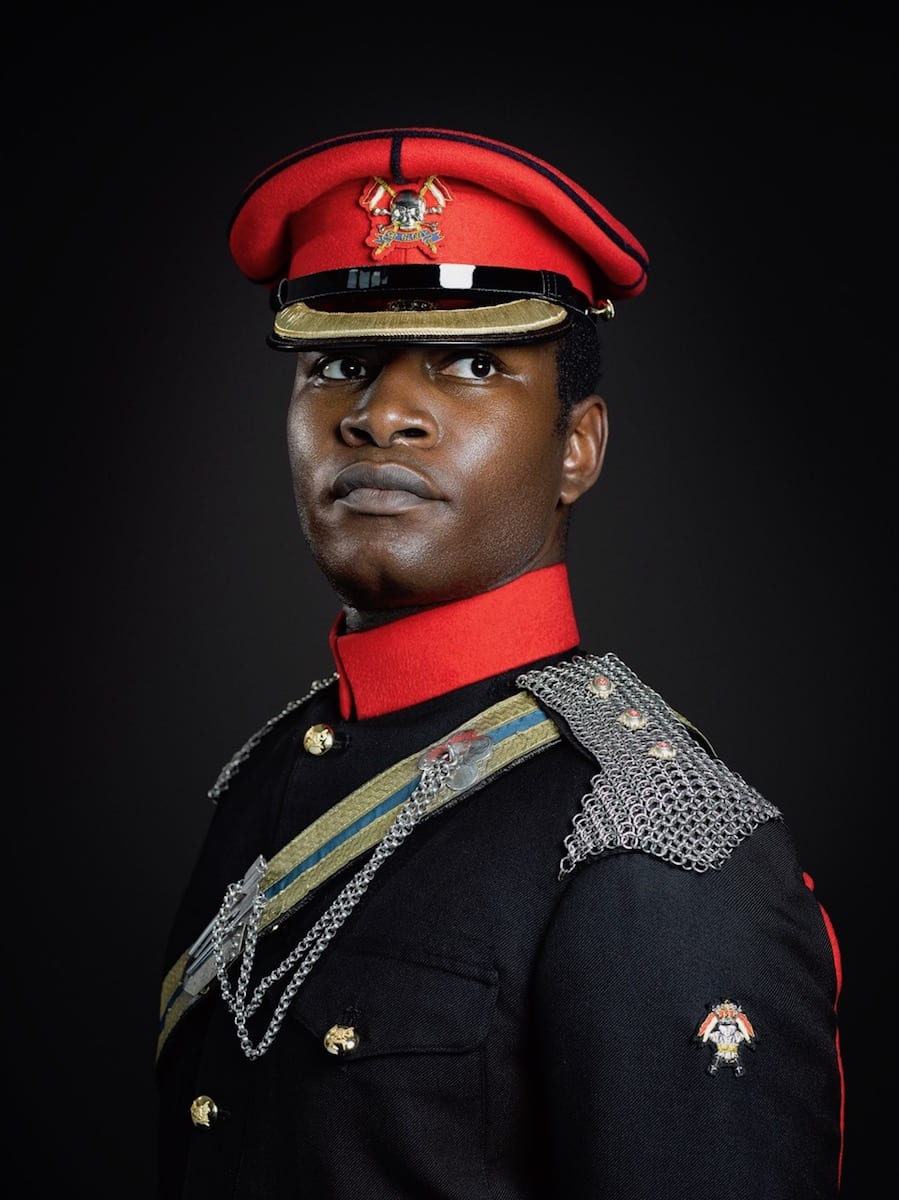
Rory Lewis is an acclaimed portrait photographer who has worked with a wide range of…
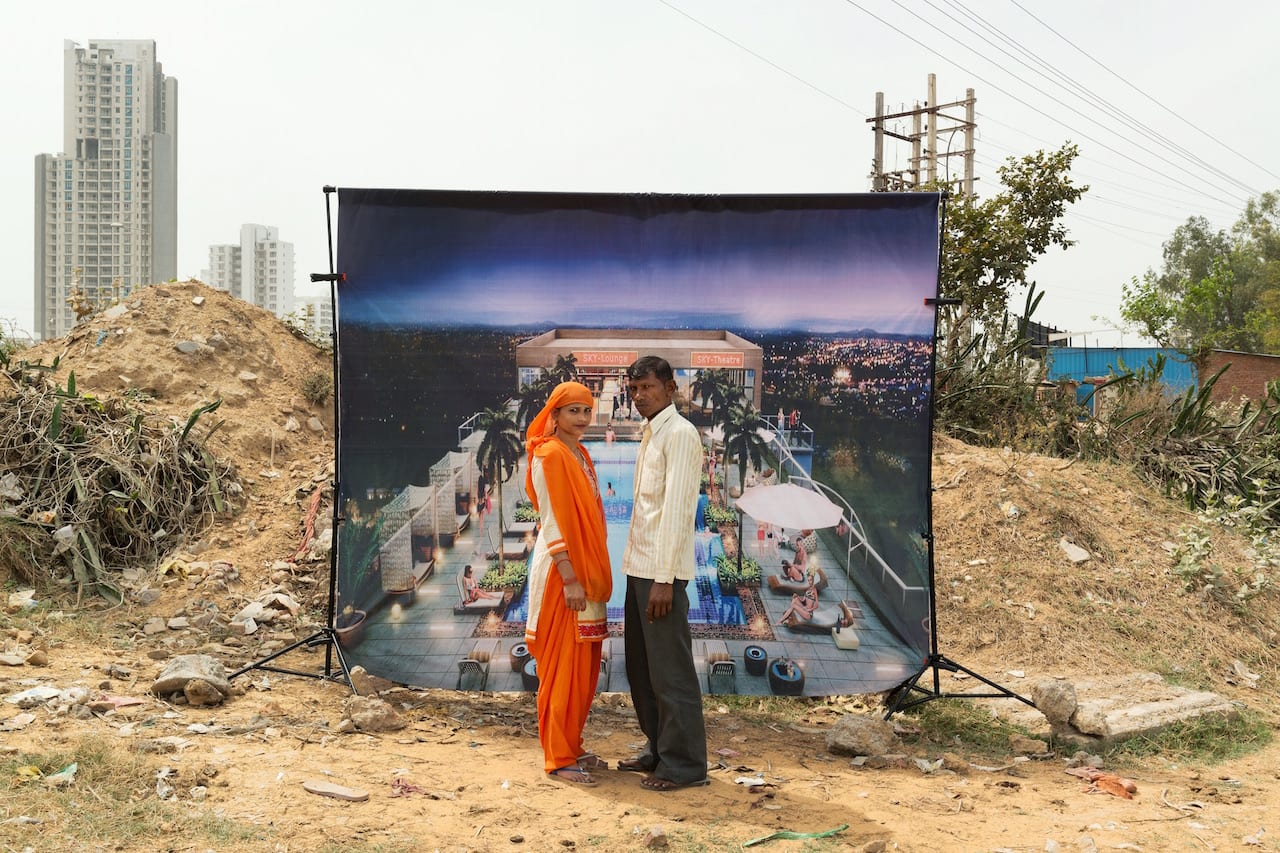
“Gurgaon is a paradigm for the new Indian city: entirely privatised with no public space, managed by a few companies which cater to the needs of the middle class. It’s an image as much as a place,” explains Arthur Crestani. In his series, Bad City Dreams, image and place are fused to construct a paradoxical and layered portrait of the rapidly expanded city, which lies 30km outside the capital, New Delhi. Borrowing from the Indian tradition of studio photography, Crestani photographed migrant workers, security guards and other Gurgaon locals outdoors against a mobile backdrop decorated with real-estate advertising imagery.
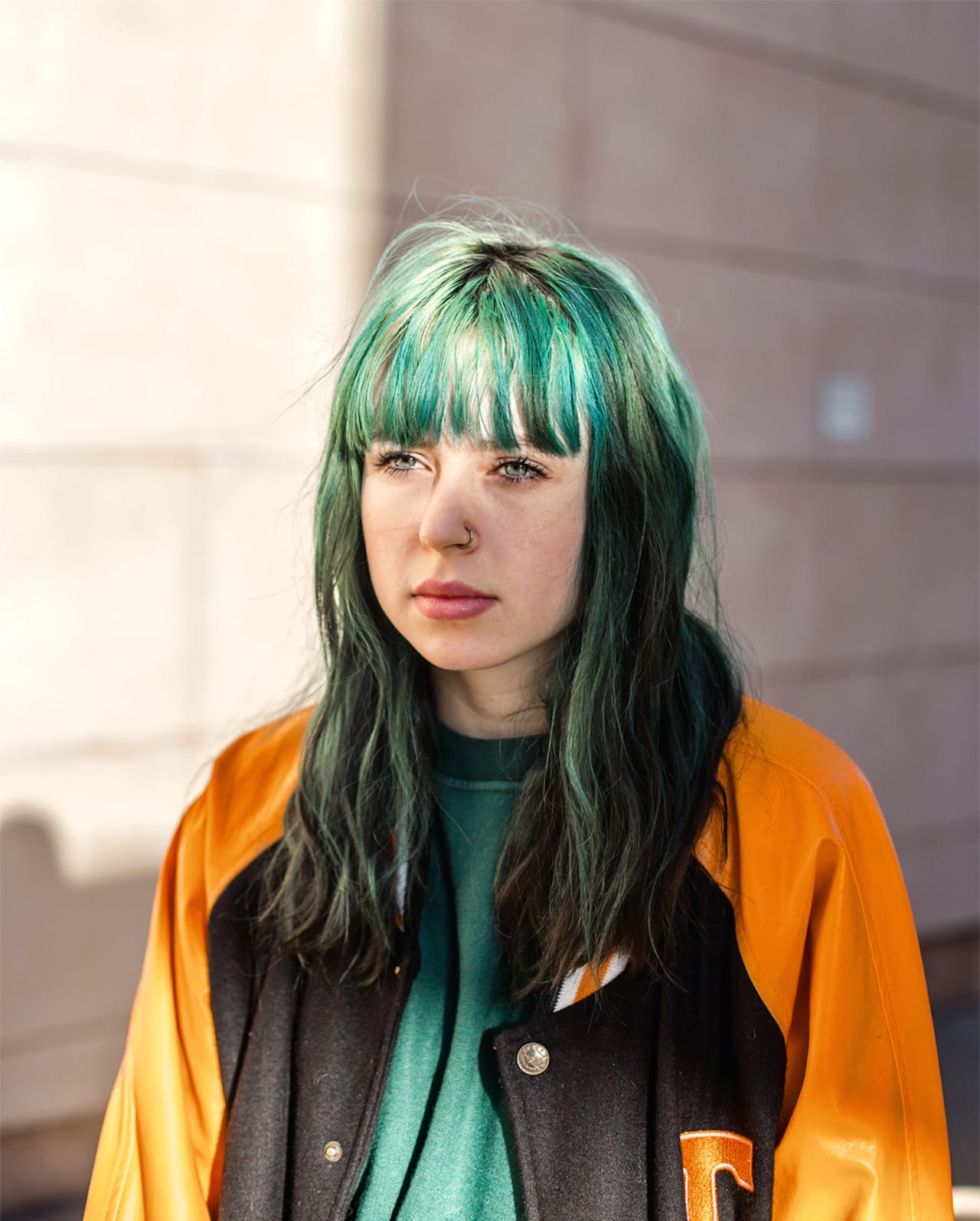
“Folkestone is a hidden gem – inspiring, by the sea, relatively affordable, and only an hour…

“The Garden Gate Project has a reputation in my neighbourhood,” says Jason Evans, who has just published a zine with participants from the Margate-based charity. “Established almost 20 years ago for people with learning difficulties and/or mental ill health, the Garden Gate Project is visited by various members of the community for a range of seasonal activities.” He was volunteering there two years ago when the organisers realised he was a photographer, and invited him to come up with ideas for the programme, which centres mainly on Horticultural Therapy. His first project with GGP was Tool Shed Dark Room, which saw Evans improvising with participants “without mains electricity or an enlarger to make photograms using materials from the garden”.

“The end of war does not mean peace,” says Sara Terry, founder of The Aftermath Project. “Every story of war includes a chapter that almost always goes untold – the story of the aftermath, which day by day becomes the prologue of the future.” It was in September 2000 that Terry decided to go to Bosnia. Six weeks earlier she had come across a story reporting on so-called ‘Bosnia fatigue’, the factor that meant that, five years after the end of the Bosnian War, the reporters were long gone and the international aid agencies were shipping out. Frustrated by the idea that people could forget what had happened, Terry felt compelled “to capture the images that are the all-too-often forgotten companions of the vivid pictures of war itself.” Terry had started out as a print reporter but went on to produce formative photographic work in Bosnia, which she published as Aftermath: Bosnia’s Long Road to Peace. The experience also led her to set up The Aftermath Project in 2003, with the aim of telling post-conflict stories from around the world and throughout time.